Card
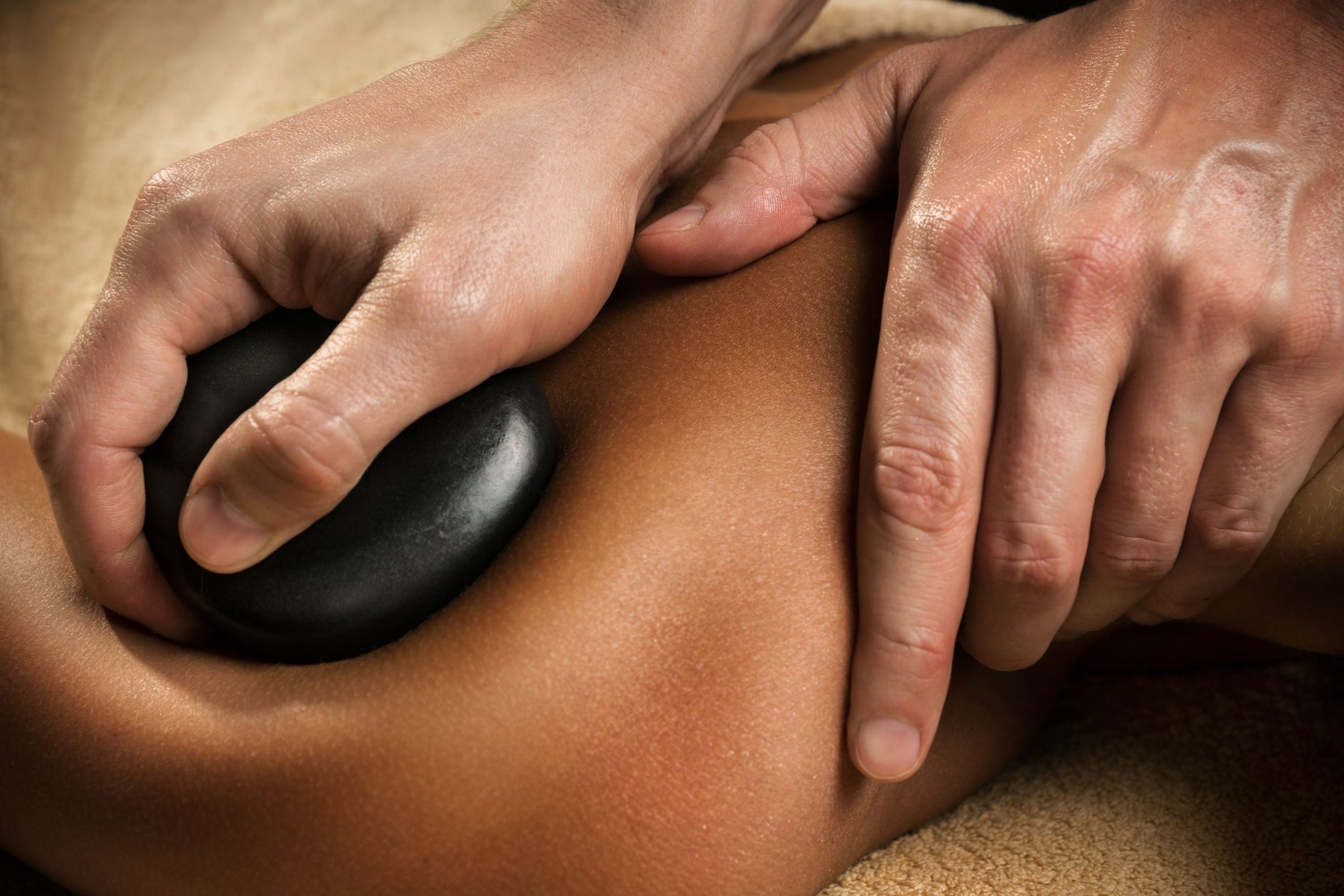
How to Integrate Hot Stones into Your Existing Massage Treatments
Hot stone massage is often associated with luxury spa treatments—but its therapeutic potential reaches far beyond pampering. When used purposefully, heated stones can enhance muscular release, improve circulation, and reduce strain on the therapist’s hands and wrists. Whether you’re a remedial therapist, deep tissue specialist, or work with chronic pain clients, hot stones can be a powerful addition to your practice.
Here’s how to start integrating them into your existing treatments—without needing to overhaul your approach.
1. Use Hot Stones to Warm Up Muscles
Start your session by using heated basalt stones to warm the tissue before deeper manual work. A few minutes of gentle gliding with a warm stone helps increase circulation, soften fascia, and prepare the body for more specific techniques.
This approach is especially useful for clients with chronic tension, fibromyalgia, or mobility restrictions—giving you a gentler entry point into areas that would otherwise feel too sensitive.
2. Alternate Hands and Stones
You don’t need to choose between hands-on massage and stones—it’s often more effective to blend both. Try alternating between manual techniques and stone work to deliver pressure while reducing fatigue in your thumbs and wrists.
Hot stones are particularly helpful for therapists who regularly deal with hand strain or are looking for a way to work deeper with less effort.
3. Incorporate Stones into Specific Areas
If you're not ready to use hot stones throughout the entire treatment, start small. Common areas that benefit from targeted stone work include:
-
Lower back and sacrum
-
Hamstrings and glutes
-
Forearms and calves
-
Shoulders and upper traps
A short, focused application of heat in these areas can enhance results without dramatically altering your workflow.
4. Use the Right Tools
Consistent temperature is key when using hot stones therapeutically. That’s why many therapists rely on compact, professional systems like the VULSINI Hot Stone Heating Bag. It allows for dry, even heating and is ideal for mobile therapists or busy clinics looking to streamline setup time.
The portability and ease of use means you can seamlessly add hot stones into any treatment room—without the mess or limitations of traditional water heaters.
5. Educate Your Clients
Many clients still think of hot stone massage as light, spa-focused relaxation. A brief conversation can help shift this perception and position you as a therapist who delivers clinical outcomes with luxurious touches.
Try something like:
“I use hot stones not just for relaxation, but to help release tension more effectively. It allows me to work deeper without using as much pressure, which is ideal for chronic pain or stubborn areas.”
Simple, clear explanations can help clients understand the value—and feel more open to trying something new.
Final Thoughts
Hot stones are more than a massage upgrade—they’re a highly adaptable tool that can support clinical outcomes, extend your career, and elevate the client experience. Whether used throughout the full session or integrated into key moments, they offer a powerful way to work smarter, not harder.
Looking to learn more about the therapeutic benefits of hot stone massage?
We highly recommend the upcoming free Zoom session hosted by the Jing Institute:
Hot Stones for Chronic Pain Relief
With Meghan Mari, Director of JING Institute
Tuesday 2nd September at 11:30am (UK time)Can’t make it live? No worries—the recording will be shared afterwards.
This free webinar will explore how hot stones can be used in injury rehab, pain relief, and myofascial work—while also protecting the therapist’s body and growing your business.


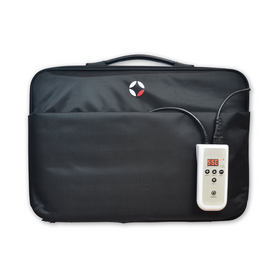
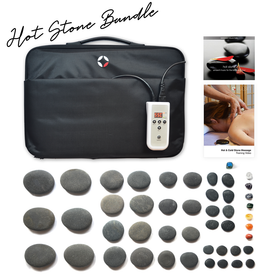
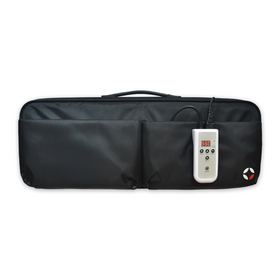
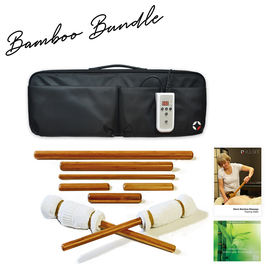
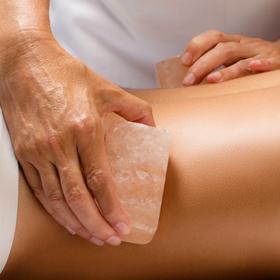
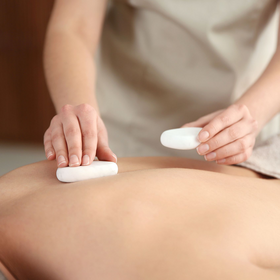


Leave a comment